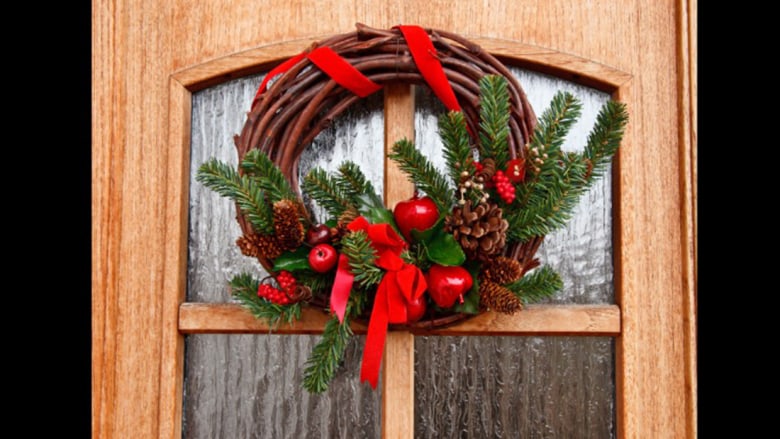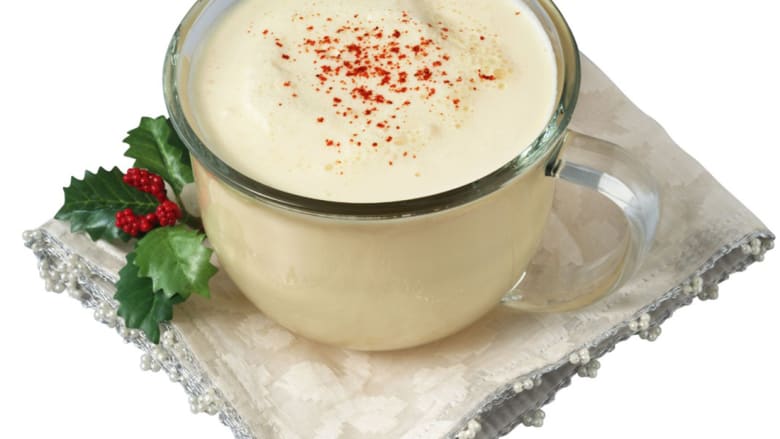دبي، الإمارات العربية المتحدة (CNN) -- هل انتهيت من تزيين شجرة الميلاد هذا العام؟ إذا لم تبدأ بعد.. فعليك أن تعمل أسرع قليلاً، إذ حان الوقت لوضع الكعك والحليب تجهيزاً لاستقبال بابا نويل لدى توصيله هدايا عيد الميلاد.
ولا شك، بأن هناك الكثير من العادات التي نمارسها خلال فترة الأعياد، دون أن نعلم سبب ممارستنا لها، أو التاريخ الذي بدأت فيه هذه الممارسة، أو مدى صحتها. هل سبق وأن فكرت بذلك؟
سنساعدك نحن على إيجاد الجواب!
تعرّفوا فيما يلي إلى بعض التقاليد التي نمارسها في موسم عيد الميلاد، لتفهموا كيف شقت طريقها إلى داخل منازلنا اليوم:
هل شركة كوكا كولا من وراء خلق شخصية بابا
نويل؟
لا! هذا غير صحيح، وهو اعتقاد متداول وخاطئ. رغم أن شركة كوكا كولا
بدأت باستخدام صورة بابا نويل أو "سانتا كلوز" في إعلاناتها في
ثلاثينيات القرن الماضي، إلّا أن الشركة لم تكن وراء خلق هويته التي
نعرفها والتي ارتبطت برجل مسن بدين يرتدي الأحمر والأبيض بشكل يتلاءم
مع ذقنه الطويلة. وكانت قد اعتمدت شركة كوكا كولا شكل بابا نويل في
دعاياتها لأنه ملائم لألوان زجاجات شرابها فقط. أما صورة بابا
نويل الحديثة التي نعرفها اليوم، فقد تطورت عبر الزمن حتى أصبحت ما هي
عليه. وقد اُستوحيت شخصية بابا نويل من القديس نيكولاس، الذي كان
له سمعة بتقديم الهدايا السرية في فترة أعياد الميلاد، ومن
ثم قام العديد من الكتّاب والفنانين أمثال واشنطن إيرفينغ،
وتوماس ناست، بترسيخ هذه الصورة في ذهن الناس من حول
العالم.
من أين أتت عكازات قصب الحلوى؟
تروي أحد القصص أن المشرف على فرقة كورال ألماني في العام 1670 كان
يخاف من مشاغبة الأطفال الصغار في الكنيسة، ولذا قام بالطلب من
صنّاع الحلوى في المدينة بصنع الحلوى الحمراء والبيضاء لحثهم في
الحفاظ على الهدوء. كما هدف رئيس الكورال أيضاً إلى إضفاء طابع تعليمي
على الحلوى، ولذا قام بتشكيلها على شكل عكازات لتذكير الأطفال بقصة
الرعاة الذين قاموا بزيارة الطفل يسوع. يُذكر أنه ليس هناك أي
سجلات رسمية تثبت حقيقة هذه القصة.
لماذا نشرب شراب البيض أو "الإغنوغ؟"
يتفق العديد من مؤرخي الطهي أن شراب البيض استوحي من مشروب
بريطاني يعود إلى القرون الوسطى كان يسمى "بوسيت،" وهو عبارة عن مشروب
كحولي سميك يضاف إليه كل ما يتوفر من بهارات. وكان يستخدم الحليب
والبيض وكحول الشيري لصنع البوسيت، وبالتالي فإنه كان يعتبر من
مشروبات الأغنياء، ويشرب نخبه أملاً في بدء حياة جديدة مليئة
بالازدهار والصحة الجيدة. وقد أصبح شراب "الإغنوغ" بمثابة تقليد
متداول بعد أن استخدم في المستعمرات الأمريكية.
لماذا نزين أشجار الميلاد؟
كانت الأشجار الخضراء تُزرع في مهرجانات الشتاء منذ آلاف
السنين، خلال فترة انقلاب الشمس في الشتاء، كدليل على مجيء
الربيع. وبعد انتشار المسيحية في جميع أنحاء أوروبا، بدأت تُستخدم هذه
الأشجار كرمز لعيد الميلاد أيضاً.
وتقول أحد الأساطير إن الراهب الألماني مارتن لوثر من القرن
الـ16، كان أول من جلب شجرة عيد ميلاد إلى داخل المنزل، إذ كان يسير
لوثر في الغابة في ليلة ما قبل عيد الميلاد، ثم لاحظ النجوم تشرق من
بين فروع الشجرة، ما ذكره بالمسيح ودفعه إلى وضع شجرة في منزله.
لماذا نعلق أكاليل الزهور على أبوابنا؟
وفي روما القديمة، كان يتبادل الناس فروع النباتات الخضراء خلال
احتفالات رأس السنة الجديدة، كرمز للصحة الجيدة في العام الجديد. وكان
بعض الرومان يعلقون هذه الفروع على أبواب منازلهم لتكون رمزاً للنصر
والحياة الصحية الأبدية. وقد أصبحت أكاليل الزهور لاحقاً رمزاً
مسيحياً لجسد المسيح، حيث مثلت الأوراق الحادة تاج الأشواك الذي
ارتداه يسوع على الصليب، بينما كان التوت الأحمر يرمز إلى قطرات الدم
التي سالت من جسمه، وهكذا جسدت أكاليل الزهور الحياة الأبدية، وبدأ
بعض المسيحيين بتعليقها على منازلهم كدعوة لدخول روح المسيح إليها
خلال موسم الأعياد.




